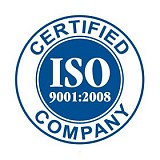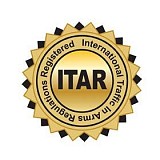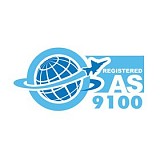Why Choose Us

The success of our RLP program lies in our strengths in uncovering unique opportunities in re-purposing your parts.
1. Excess materials (beyond 6 month supply).
In many “Build to Plan or Forecast” companies, forecasts are not perfect. They are either too high or too low. If the forecast error continues for any extended time frame the cost of unsold good or excess components can be staggering. Particularly in Heavy, equipment, and Electronics, where component lead-times are usually longer than the actual backlog of orders.
2. Obsolete products Distribution
Finished goods or assemblies that are no longer part of the current product offering can cause manufacturers and distributors a series of problems. By selling these products heavily discounted, they essentially compete with their own new designs for the same market. If they scrap them, they typically suffer at a 100% loss. By selling these products through a 3rd party Distributor; they can recover much of their costs, without their current customer’s demand being affected. Third parties will often be able to market products in areas, and at prices that the OEM simply can’t, without damaging their “price point” on new products.
3. Core returns for repairs or remanufacturing.
Companies offering repair programs for assemblies are usually confronted with dealing with the shipping, receiving handling and storage of parts to be repaired. This can often be done more effectively through third parties established with these return and repair services as a primary function. Saving the Manufacturer, space, overhead and time.
4. “End of Life” or “Previous Engineering Revisions”
This situation occurs naturally as designs evolve over time. It can also occur as components become commercially unavailable, forcing their elimination because of supply or cost uncertainty. In these cases it is often desirable to reserve the inventory financially as soon as it is clear the product is obsolete, and then send transfer it to a 3rd party for RLP support. This support can be either returning to vendor, selling products on the gray market through Brokers, salvage dealers, or storing in warehousing facilities for unplanned events, such as spare parts consumption, and repair.



